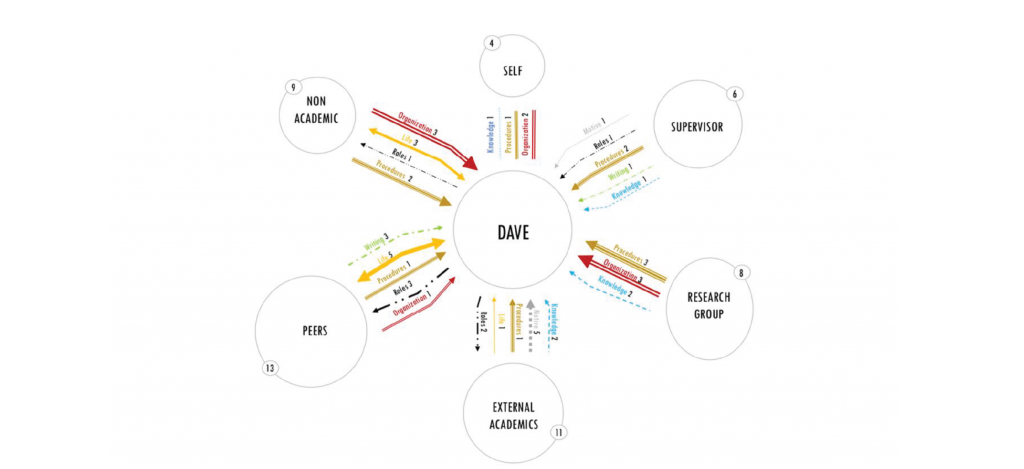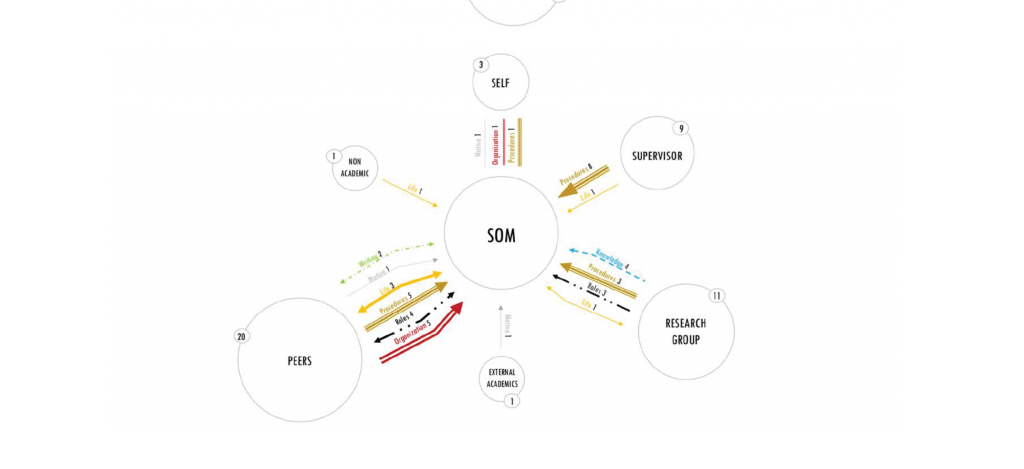Stephen Louw
Studying on a PhD differs in many ways from a student’s previous learning experience. Instead of learning in classes, students work individually; instead of taking multiple exams, students write a very long research report; instead of acquiring predetermined knowledge, students aim to become members of a research community.
Not only is a PhD a new way of learning, it also poses a seemingly endless series of challenging objectives. The overarching goal of the PhD is for the student to become socialized into the research community. To achieve this, the student has to gain thorough knowledge of the field, develop competence in research methods, and master research writing. In addition to these academic objectives, students must concern themselves with finances, manage and organize time, take on the various roles and responsibilities of a researcher, and somehow still cope with their own personal life demands (such as dealing with a new culture if they are doing their PhD in a foreign country). With all these pressures, a PhD student needs to be highly motivated by the research study of their choice.
With so many difficulties and pressures, how do PhD students cope? Traditionally, a PhD student is assigned a research supervisor, and has access to other academics (the faculty staff) at their university. However, to achieve the various goals of the program, a much larger network of people is probably needed. This might include fellow PhD students, academics from other universities, previous work colleagues, friends and family, or even secretarial staff on the campus.
To find out how PhD students use their social networks to reach their various objectives, we interviewed four students at various stages of a PhD program. From these interviews we constructed network maps for each student. These maps present a visual overview of each student’s social network and how they draw from it to cope with the demands of the program.
Looking at the network maps of Som and Dave below, it is immediately clear how the two students differ in their social networks. Som relies to a great extent on her peers as a resource, while Dave draws more equally from the different social groups he interacts with, including an active engagement with external academics. Also notice the differences in the links between the student and their social groups. For instance, Som’s interaction with her supervisor centers largely around research procedures, while Dave’s supervisor provides a wider range of content inputs.
These maps show how the research socialization process varies for each individual student. Each student has a unique network, and uses their network in particular ways to help them deal with the challenges they face in achieving the goals of the course. It is clear from these differences that a PhD cannot be a ‘one-size-fits-all’ program in which all students are expected to follow a predictable series of learning outcomes.
Despite these notable differences between the students, the network maps also highlight interesting commonalities across the students. The maps show clearly, for example, the importance of peers as important resources for PhD students. In the network maps of all four students, peers emerge as an even greater support than the supervisors. In contrast with the traditional notion of the supervisor as the core resource in a PhD student’s experience, these network maps highlight the importance of other members of the network, particularly peers, as crucial to the overall success of students in becoming socialized into the research community.


Watson Todd, R. & Louw, S., 2019, Individual Networks of Practice for PhD Research Socialisation, Journal of University Teaching & Learning Practice, 16(2). Available at:https://ro.uow.edu.au/jutlp/vol16/iss2/14
